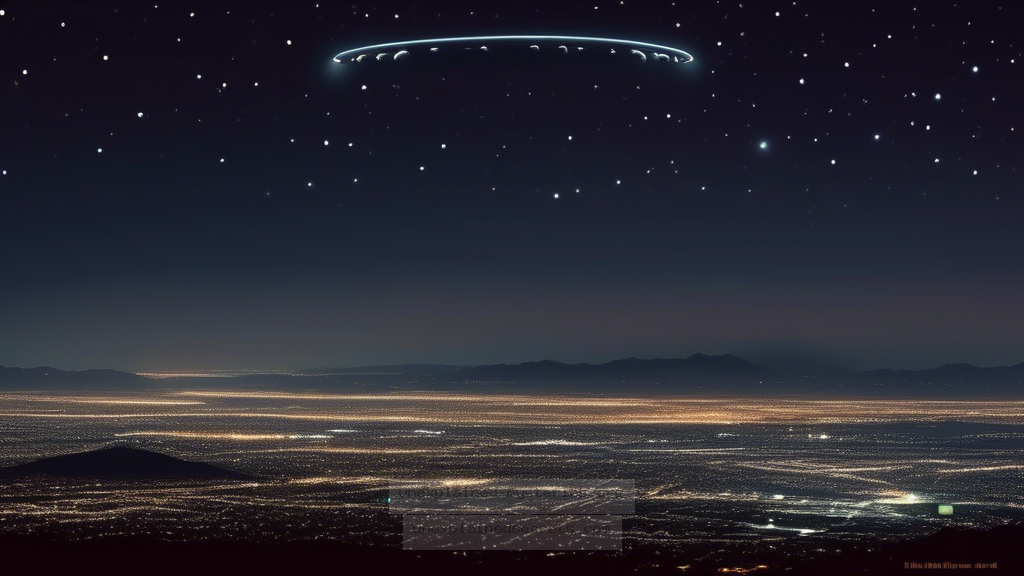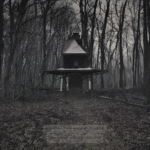What Really Happened During the Phoenix Lights Incident of 1997?
What Really Happened During the Phoenix Lights Incident of 1997?
The Phoenix Lights incident is one of the most compelling and widely discussed UFO sightings in modern history. On the night of March 13, 1997, thousands of people across Arizona reported seeing a series of mysterious lights in a boomerang-shaped pattern. This event not only raised questions about the existence of extraterrestrial life but also highlighted the government’s role in investigating and possibly covering up such phenomena. Why does this event continue to captivate the public’s imagination, and what does it reveal about our understanding of UFOs? Let’s delve into the details of this intriguing mystery.
Historical Context: The Night of the Phoenix Lights
The Phoenix Lights are not just a fleeting moment in history; they are part of a growing phenomenon of UFO sightings that have been reported for decades. On that fateful evening in March 1997, witnesses described a massive, silent craft moving slowly across the desert sky. The incident began around 7:30 PM and lasted until around 10:30 PM. The most notable report came from Phoenix, where thousands of residents observed the lights, which were arranged in a V-shaped formation.
Interestingly, this event coincided with the military’s testing of flares at the Barry Goldwater Range, leading to a divide in public opinion about what was actually seen. The sheer volume of independent witnesses, including credible professionals, has fueled ongoing debates about the true nature of the lights. The incident is now recognized as a pivotal moment in the history of UFO sightings, prompting further investigation into unexplained aerial phenomena.
Core Concepts: What Were the Phoenix Lights?
To understand the Phoenix Lights, we must first examine the various theories that attempt to explain what occurred that night. Some of the predominant theories include:
- Military Flares: The U.S. Air Force claimed the lights were military flares dropped during training exercises. However, many witnesses dispute this, stating that the lights moved in a coordinated manner that flares could not replicate.
- Extraterrestrial Craft: The most sensational theory suggests that the lights were part of an extraterrestrial spacecraft. This theory is bolstered by the number of credible witnesses who reported seeing a solid object.
- Mass Hysteria: Some skeptics argue that the incident can be explained by mass hysteria, where the collective experience led people to misinterpret ordinary phenomena.
Practical Evidence: Witness Accounts and Documentation
One of the strongest aspects of the Phoenix Lights incident is the plethora of eyewitness accounts. Reports came not only from ordinary citizens but also from police officers, pilots, and military personnel. The consistency of their descriptions adds credibility to the event.
- Governor Fife Symington, who later described the event in detail and even called a press conference to discuss it.
- Multiple members of the public who recorded videos and took photographs of the lights.
- A retired Air Force officer who claimed to have seen the object up close.
Several videos and photographs taken that night have been analyzed over the years, providing varying levels of evidence to support the claims. Some show light formations that appear too structured to be simple flares. The Phoenix Lights have since become a case study for ufologists and skeptics alike, prompting further interest in the phenomenon of UFOs.
Alternative Perspectives: Skepticism and Criticism
While many are convinced that the Phoenix Lights represent undeniable evidence of extraterrestrial activity, skeptics argue that the phenomenon can be explained through more earthly means. Critics often point to the following:
- Optical Illusions: Some believe the lights may have been an optical illusion caused by atmospheric conditions.
- Military Operations: The U.S. Air Force maintains that the lights were military flares, and some argue that the public simply misinterpreted them.
- Psychological Factors: The phenomenon of pareidolia, where the brain perceives familiar patterns in random stimuli, may have contributed to the sightings.
These perspectives remind us that while the search for truth is essential, it is equally important to critically analyze all available evidence before jumping to conclusions.
Common Misconceptions: Debunking Myths Surrounding the Incident
As with any significant event, the Phoenix Lights incident has its share of myths and misconceptions. Here are some of the most common:
- All witnesses were mistaken: While some skeptics would have you believe that all witnesses misidentified the lights, many were credible individuals, including law enforcement officers and experienced pilots.
- The lights were only seen in Phoenix: In reality, reports of similar lights came from as far away as Nevada and New Mexico, indicating a wider phenomenon.
- There was no official inquiry: Contrary to popular belief, the incident did prompt inquiries from both the public and private sectors, including various media investigations.
Best Practices for Investigating UFO Sightings
For those interested in exploring UFO phenomena or investigating similar sightings, here are some best practices to consider:
- Gather Eyewitness Accounts: Collect testimonies from as many witnesses as possible to build a broader understanding of the event.
- Document Evidence: Take photographs, record videos, and keep a detailed log of sightings, including date, time, location, and environmental conditions.
- Consult Experts: Reach out to astronomers, meteorologists, and aviation specialists to analyze the data and provide context.
By employing a systematic approach, researchers can better understand the complexities surrounding UFO sightings like the Phoenix Lights.
Future Developments: Ongoing Research and Interest
The Phoenix Lights incident continues to be a focal point for UFO researchers and enthusiasts. Recent advancements in technology, such as high-resolution imaging and drone surveillance, have opened new avenues for investigation. Furthermore, the growing acceptance of UFO phenomena in mainstream media has led to renewed interest and funding for research initiatives.
Notably, the U.S. government’s establishment of the Unidentified Aerial Phenomena (UAP) Task Force has sparked discussions about transparency and the need for scientific inquiry into UFO sightings. This evolving landscape suggests that our understanding of aerial phenomena may soon undergo significant transformations.
Conclusion: The Legacy of the Phoenix Lights
The Phoenix Lights incident remains one of the most enigmatic and significant UFO sightings in history. It has sparked debates about the existence of extraterrestrial life, the role of the military, and the importance of eyewitness testimony. As we continue to explore this mystery, it serves as a reminder that the universe is vast, and our understanding of it is still developing. Whether one views the Phoenix Lights as evidence of alien craft or merely a series of misidentified military flares, the impact of this event on popular culture, science, and the quest for truth remains undeniable. 🌌
Other Articles
Recent Posts
- What Happened to Flight MH370? The Conspiracy Theories That Still Haunt Us
- What Secrets Lurk Within the Walls of the Infamous Trans-Allegheny Lunatic Asylum?
- What Evidence Supports the Existence of Bigfoot in the Pacific Northwest?
- What Happened to the Indus Valley Civilization? Unraveling the Mysteries of Ancient Urban Life
- Can Telepathy Be Scientifically Proven Through Laboratory Evidence?







